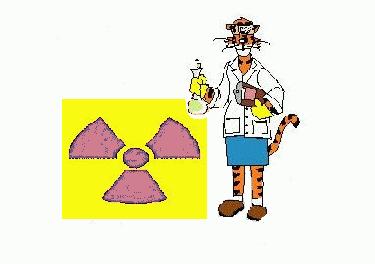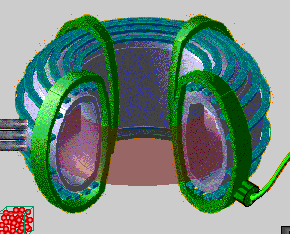
http://www.princeton.edu/~ehs/radtrain
/Modules/Bio.html
excerpt from the Radioactive Materials Safety Class at
the Princeton University Initial Radiation Safety Training (for Open-Source
Radioisotope Users) at http://www.princeton.edu/~ehs/radtrain/Modules/
Coverpage.htm.
This site contains a brief overview presentation of damage mechanisms, tissue sensitivity, effects, exposure, risks and prenatal exposures. See also http://www.princeton.edu/~ehs/radsafety.html.


